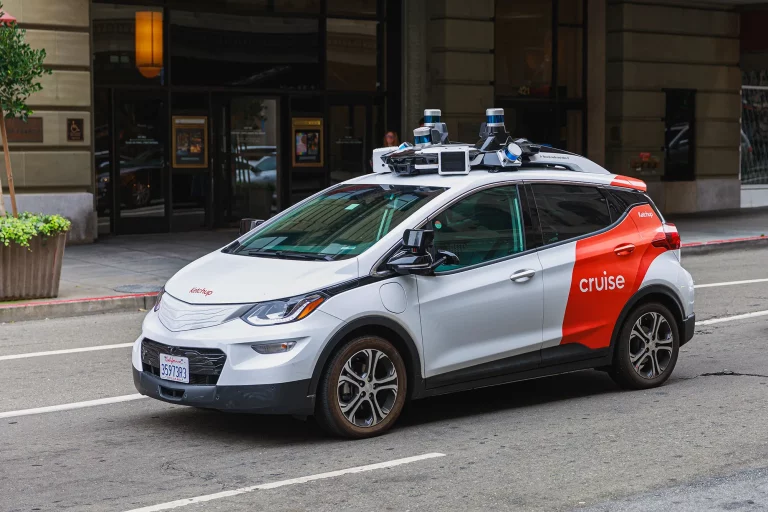WikiCity, an MIT project
Although the approach of this project seems to be driven quite a lot by a cultural engineering mindset, there are some interesting people-focused elements in it:
In the past decades, real time control systems have been developed in a variety of engineering applications. In so doing, they have dramatically increased the efficiency of systems through energy savings, regulation of the dynamics, increased robustness and disturbance tolerance.
Now: can you have a city that performs as a real time control system? This is the aim of the WikiCity project at MIT. Let’s examine the four key components of a real time control system:
- entity to be controlled in an environment characterised by uncertainty;
- sensors able to acquire information about the entity’s state in real-time;
- intelligence capable of evaluating system performance against desired outcomes;
- physical actuators able to act upon the system to realise the control strategy.
A city certainly fits the definition of point 1, and point 2 does not seem to pose particular problems. As an example, the Real Time Rome project used cellphones and GPS devices to collect the movement patterns of people and transportation systems, and their spatial and social usage of streets and neighborhoods. But how to actuate the city? Although the city already contains several classes of actuators such as traffic lights and remotely updated street signage, a much more flexible actuator would be the city’s own inhabitants.
Consequently, we are creating a new platform for storing and exchanging data which are location and time-sensitive, making them accessible to users through mobile devices, web interfaces and physical interface objects. This platform enables people to become distributed intelligent actuators, which pursue their individual interests in cooperation and competition with others, and thus become prime actors themselves in improving the efficiency of urban systems.
The project vision, which is driven by Carlo Ratti’s SENSEable City Lab, is currently being implemented in Rome, Italy.





[…] WikiCity, an MIT project » This Summary is from an article posted at Putting people first on Sunday, October 07, 2007 […]
Henri Laborit, a french thinker, in “L’homme et la ville” (1971) deploys some interesting analysis of the city.
His starting point is that humanity is constituted of hierarchical layers from the molecular up to the humanity level. Any layer reveals some structures formed of elements of the underlying one (cellules formed of molecules for example), and these structures interact in order to maintain themselves.
At some intermediate levels, individuals are member of some groups of interest (social structures) which have shaped and continue to shape the city in order to survive. In this respect inhabitants would not be actuators “improving the efficiency of urban systems” but agents interacting with the city in order to insure the survival of their social groups. This might result in non-efficient behavior, would “efficiency” have a meaning in this context…
[…] Originally from Putting people first by PuttingPeopleFirst reBlogged by michael on Oct 7, 2007, 9:14AM […]
[…] Originally from Putting people first by PuttingPeopleFirst reBlogged by michael on Oct 7, 2007, 9:14AM […]
[…] Un article de PuttingPeopleFirst sur le projet WikiCity du MIT présentant les citadins comme des “actuateurs” de la ville agissant en fonction de leurs intérêts individuels et modelant la ville de manière émergente par leur action combinée. A cette vision, j’ai voulu opposer celle exprimée par Henri Laborit dans “L’homme et la ville” (1971) qui envisage la ville comme une structure engendrée par les organismes (au sens biologique) sociaux et leur permettant d’assurer leur pérennité. Nouvelle opposition des écoles holistes et réductionnistes…? […]
[…] real time control system, in which data is accrued and immediately affects the system. That is the idea behind placing sensors in Rome to track human activity with known events. A display provides the […]